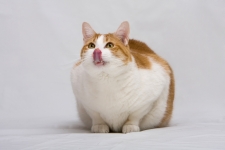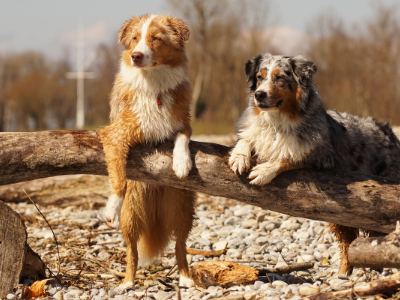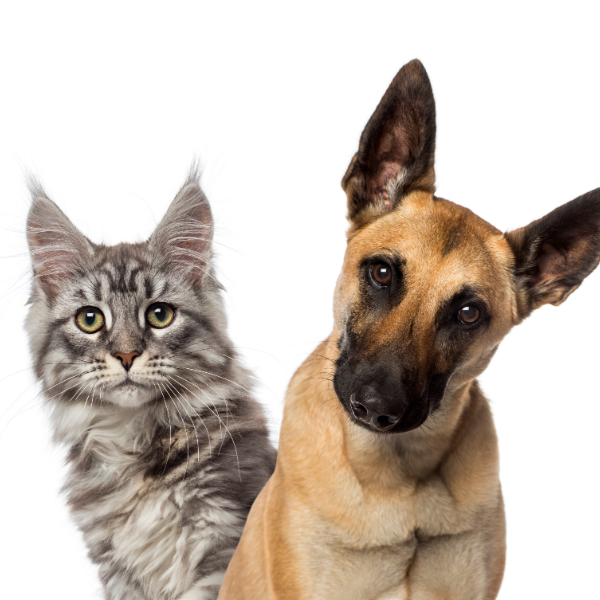If your cat is obese:
-
First thing is that it is time to change your cat’s diet and quite possibly see your local veterinarian for a blood glucose test (if diabetes is suspected). Putting your cat on a diet to decrease their weight should be done slowly. Never try to decrease your cat’s weight rapidly. If the cat is grossly overweight, you will need your vet’s help to create a safe weight loss program. Slow and steady weight loss is the key. 3P carries a complete line of raw cat foods that will help your kitty reach his/her weight loss goals.
-
And for a real challenge...try and exercise your cat. HA! Did we say that? More exercise! If your cat leads an indoor, sedentary life, he is at risk for all the same things people are: obesity, diabetes, heart attacks, and more. So, the answer is to play with kitty! Heck, our best suggestion is to make cute cat videos and give him his very own adorable Instagram account. Make it fun!
If your cat has been diagnosed with feline diabetes:
-
Regulating your cat's blood sugar levels is vital to preventing illness. Diet-wise, it's no surprise that protein is the most effective nutrient for doing this, but fats can also help to regulate blood sugar. Carbohydrates, on the other hand, are not friendly for diabetic cats because they can spike blood sugar levels too high. If your cat is having trouble producing insulin, a high-carb diet will cause hyperglycemia (high blood sugar). Again, cut the carbs and give a high-quality meat-based diet. 3P Naturals Basic Instinct cat food has a wide variety of proteins (flavors) to meet your diabetic kitty's needs.
-
Take the plunge and work with a holistic veterinarian. Holistic vets can offer healthy support options that may not be offered by a conventional vet. Of course, you want to make sure your regular veterinarian is on board. Especially with your new raw diet plan. Managing a medical condition can be tricky and you want to ensure that both your holistic and conventional veterinarians understand how you are approaching it. It can be too confusing if they conflict with their approaches or don’t understand each other’s methodology.
-
Regular blood testing. Be sure to keep up with health exams and blood testing with your vet so you can monitor your cat’s blood sugar and insulin levels. Most likely, you will see extremely positive results as you switch your cat over to his new diet!
Diabetes is largely preventable and sometimes reversible when using species-appropriate nutrition. Please ask us for help if you're not sure where to start!



